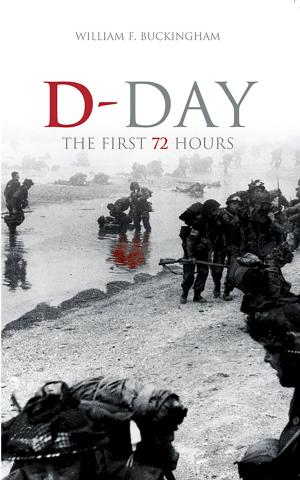| Author: | Peter Doyle | ISBN: | 9780752483696 |
| Publisher: | The History Press | Publication: | February 29, 2012 |
| Imprint: | The History Press | Language: | English |
| Author: | Peter Doyle |
| ISBN: | 9780752483696 |
| Publisher: | The History Press |
| Publication: | February 29, 2012 |
| Imprint: | The History Press |
| Language: | English |
The story of the Battle of Loos, which witnessed the first "big push" of World War I The Battle of Loos saw a change in Allied strategy, which up until then had been a series of small-scale assaults that achieved little or no ground gained. Loos was to be different, Kitchener's Army was deployed in strength for the first time, and an ambitious plan aimed to take ground over a 20-mile front. However, the battlefield was not the Allies' ideal site and the battle plans did not account for the lack of ammunition and artillery. To overcome some of these shortcomings, the British deployed poison gas for the first time as they attacked, hoping to confuse and overwhelm the German positions. The day of the attack supposedly saw the famous Footballer of Loos, a soldier, Frank Edwards, setting out into No Man's Land kicking a football to rally his men. This myth has remained an iconic image of World War I to this day. As the fog of war descended the first day's gains were lost over subsequent days' fighting and in the end the "Big Push" saw little achieved with Allied losses of about 50,000 men.
The story of the Battle of Loos, which witnessed the first "big push" of World War I The Battle of Loos saw a change in Allied strategy, which up until then had been a series of small-scale assaults that achieved little or no ground gained. Loos was to be different, Kitchener's Army was deployed in strength for the first time, and an ambitious plan aimed to take ground over a 20-mile front. However, the battlefield was not the Allies' ideal site and the battle plans did not account for the lack of ammunition and artillery. To overcome some of these shortcomings, the British deployed poison gas for the first time as they attacked, hoping to confuse and overwhelm the German positions. The day of the attack supposedly saw the famous Footballer of Loos, a soldier, Frank Edwards, setting out into No Man's Land kicking a football to rally his men. This myth has remained an iconic image of World War I to this day. As the fog of war descended the first day's gains were lost over subsequent days' fighting and in the end the "Big Push" saw little achieved with Allied losses of about 50,000 men.















